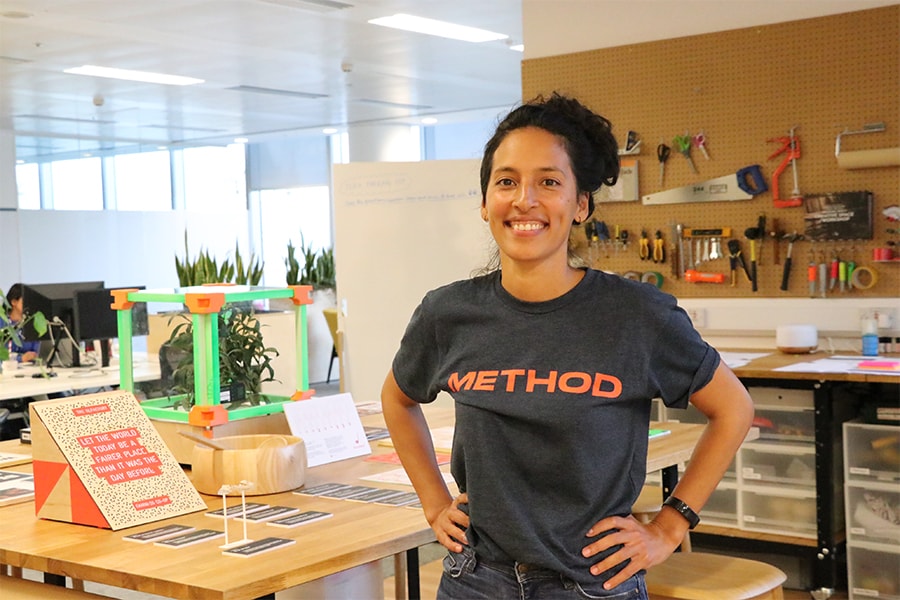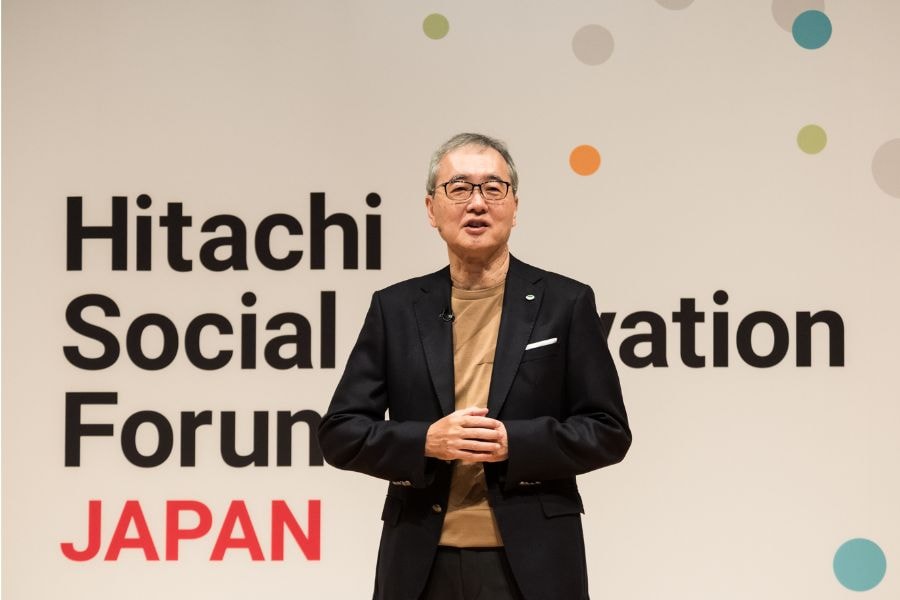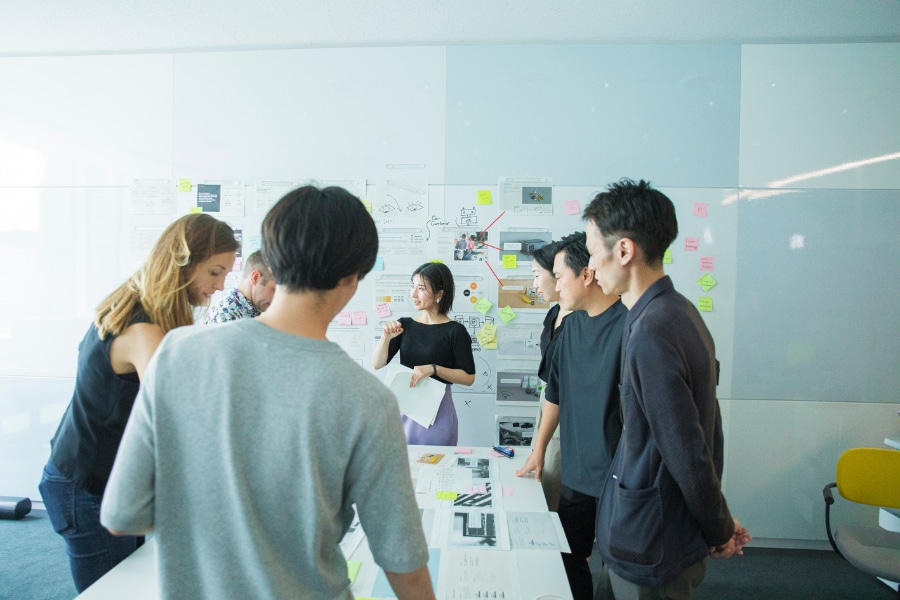Hitachi has unveiled the next generation of the OASIS™
Hitachi's Head of Design on the Relationship Between Social Innovation and Design

Even before the concept of “Design Thinking” was well known, Hitachi, Ltd. had been working on designs with designers collaborating with researchers. In fact, Hitachi's design department was established in 1957, and at that time, it was rare to have a design department within a company.
The role and expectations of design have changed over time, and it is now essential to Hitachi's Social Innovation Business, in which Hitachi's solutions solve various social issues.
How does Hitachi view design? This article is an interview with Yukinobu Maruyama, who serves as the head of design at Research & Development Group.
The ever-expanding value and scope of design
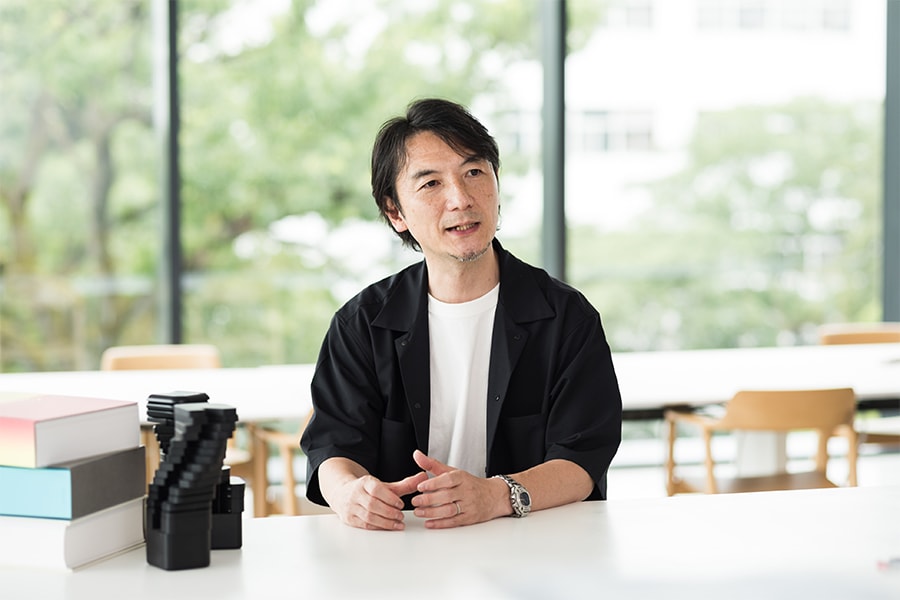
--Please tell me about your career to date.
Maruyama: I studied product design as a student and I got a job at Hitachi, Ltd. in 1990 to make use of my expertise.
At that time, a designer was either a product designer or a graphic designer. However, among the designers who joined Hitachi at the same time as me, there were employees with various specialties, such as psychology and bioengineering. I was very impressed by the words of general manager of the design department, who said: “A time will come when not only designers but also ordinary people will be involved in design.”
Exactly as he predicted, 30 years later, more and more people are involved in design work even though they have specialties other than design. I believe this is because the value of design has undergone multilayered changes as times change.
--What sort of specific changes are occuring?
Maruyama: As I am sure you are aware, the social structure has changed dramatically in the span of 20 to 30 years. When I joined the company, designers were expected to design “impressions” that would make customers want to purchase that product.
Later, designers were expected to design “usability” for a variety of people, and more recently, designers are also required to take a standpoint on how to relate to social issues from the perspective of design. The expectations and roles of design continue to expand.
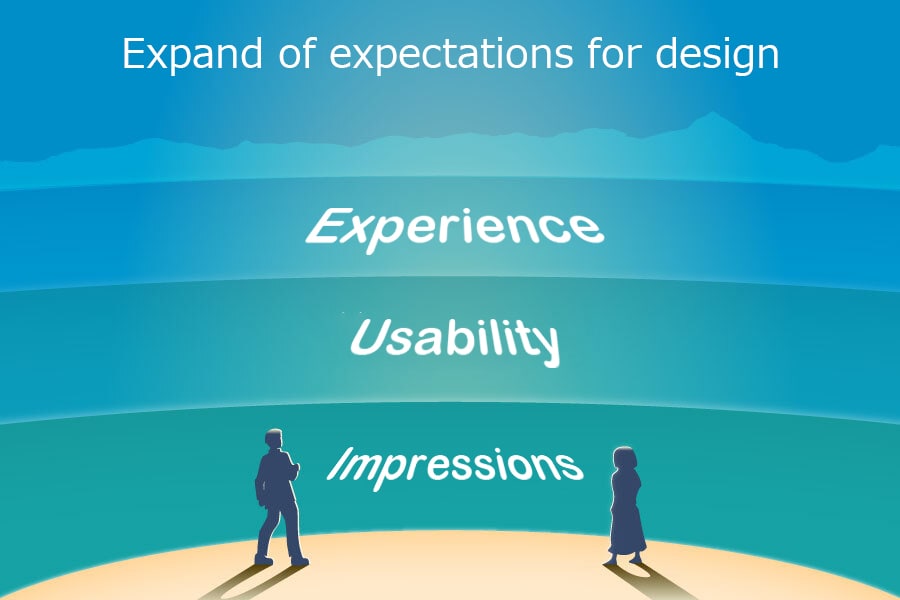
Design that supports social innovation
--When you look back on the history of design at Hitachi, what are some of the symbolic turning points?
Maruyama: We began using the term "experience design" in the early 2000s, focusing on the value of the customer's experience.
As information and communication technologies continue to evolve apace, it will be impossible to keep up with the changing values of our customers if we continue to contribute to product development solely through product design as we have done up until now. Therefore, we have started an experiment in which designers participate more upstream in the development process and design the customer experience by integrating their respective perspectives of shapes and CMF (colors, material, finish), usability, and service.
The role of design at Hitachi has expanded from the product design and development stages to now encompass the domain of services in terms of how products are sold, how they are maintained, and how to satisfy customers.
--So you are now required to not only design products but also design services as well?
Maruyama: Yes, that's right. Furthermore, a major change in Hitachi's design occurred in 2009. The global recession triggered by the global financial crisis caused Hitachi to post its largest-ever loss as a domestic manufacturer at the time. With a strong sense of crisis, the management team declared a major shift away from conventional manufacturing toward the social innovation business.
This was a major turning point for us designers. We could only contribute in the area of product and service design, which we had been doing up until then, in fewer and fewer situations.

So what can designers do to contribute to the business? While I fretted over this, an unexpected opportunity presented itself. I was asked by Hitachi's Research & Development Division to think about what design can do for Hitachi's business in the future and to make a research proposal that will drive Hitachi's business for the next 10 to 20 years.
From there, I launched a research project to capture the values of people in the future, such as how people will live in a society in which social innovation is realized. We will give form to something that does not yet exist, namely, future lifestyles. That is the role that design should play in the future.
--How did Hitachi's design change so drastically?
Maruyama: I think this is because of Hitachi's unique system of having designers at the research institute. If designers were located within business divisions, the head of each division would determine the direction of each division, and we would have no choice but to focus on the current issues facing that division.
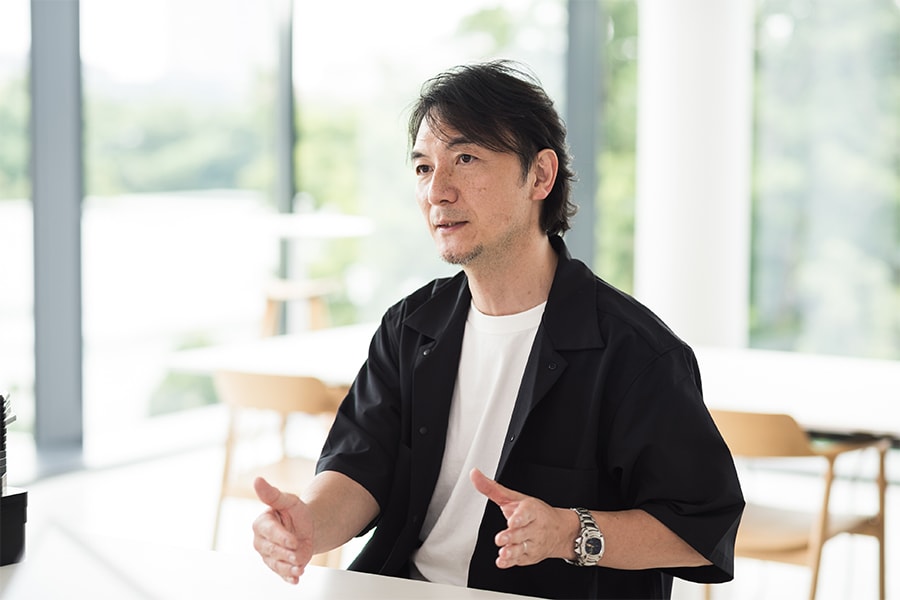
However, in the case of a research group, we have to research what the business units are not yet doing. Because we are designers in a research institute, we are able to think for ourselves about what we should do and what kind of design we can contribute to the company at a time when the company is changing.
Definition and significance of evolving design
--What is the outlook for the future?
Maruyama: I believe that the definition of "design" will continue to change. For example, it is quite possible that AI will increase efficiency and change the way designers work. I also believe that the scope of design application will further change. In the future, design activities that change the product to better suit the customer's tastes, even after products are delivered, might become mainstream.
On a somewhat larger scale, I believe that design will also play an important role in building consensus for the transition to the social system envisioned by Society 5.0. For example, when a local government is considering an innovation strategy, designers can be facilitators and hold workshops with experts in various fields and local residents. Residents participate in consensus building, discussing a number of scenarios to choose the future. I believe that this is where the power of design is indispensable.
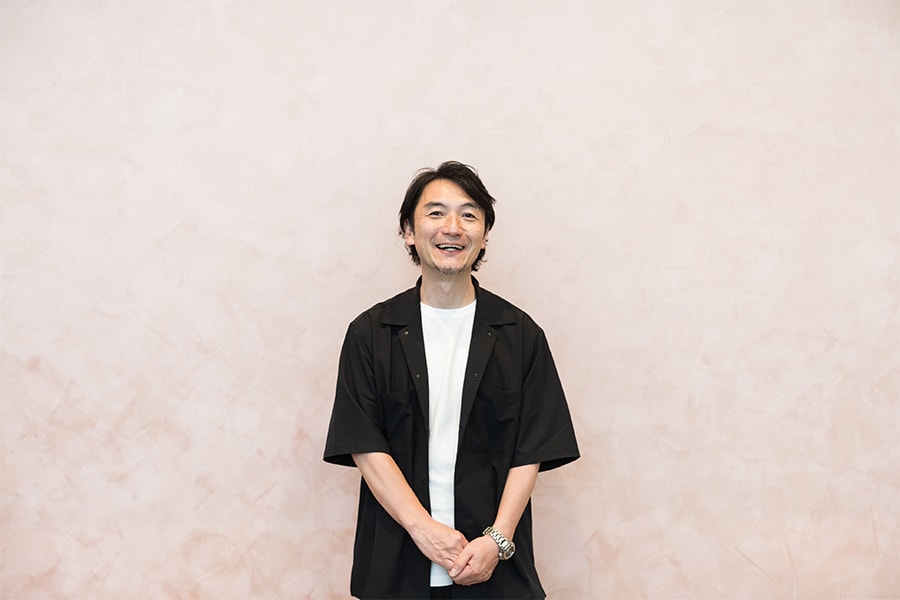
What defines an excellent designer?
Maruyama: An excellent designers are people who do not build barriers. Barriers of expertise and barriers between stakeholders can hinder our understanding of the customer's overall perspective.
I think it's important for designers not to stick to one skill, but to carefully observe people's daily lives and improve their skills.

